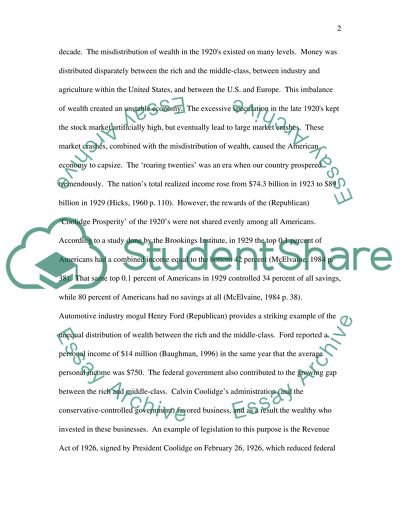Cite this document
(The Effects of Different Political Parties on the U.S. Economy Term Paper, n.d.)
The Effects of Different Political Parties on the U.S. Economy Term Paper. Retrieved from https://studentshare.org/history/1543619-the-effects-of-different-political-parties-on-the-us-economy
The Effects of Different Political Parties on the U.S. Economy Term Paper. Retrieved from https://studentshare.org/history/1543619-the-effects-of-different-political-parties-on-the-us-economy
(The Effects of Different Political Parties on the U.S. Economy Term Paper)
The Effects of Different Political Parties on the U.S. Economy Term Paper. https://studentshare.org/history/1543619-the-effects-of-different-political-parties-on-the-us-economy.
The Effects of Different Political Parties on the U.S. Economy Term Paper. https://studentshare.org/history/1543619-the-effects-of-different-political-parties-on-the-us-economy.
“The Effects of Different Political Parties on the U.S. Economy Term Paper”, n.d. https://studentshare.org/history/1543619-the-effects-of-different-political-parties-on-the-us-economy.


